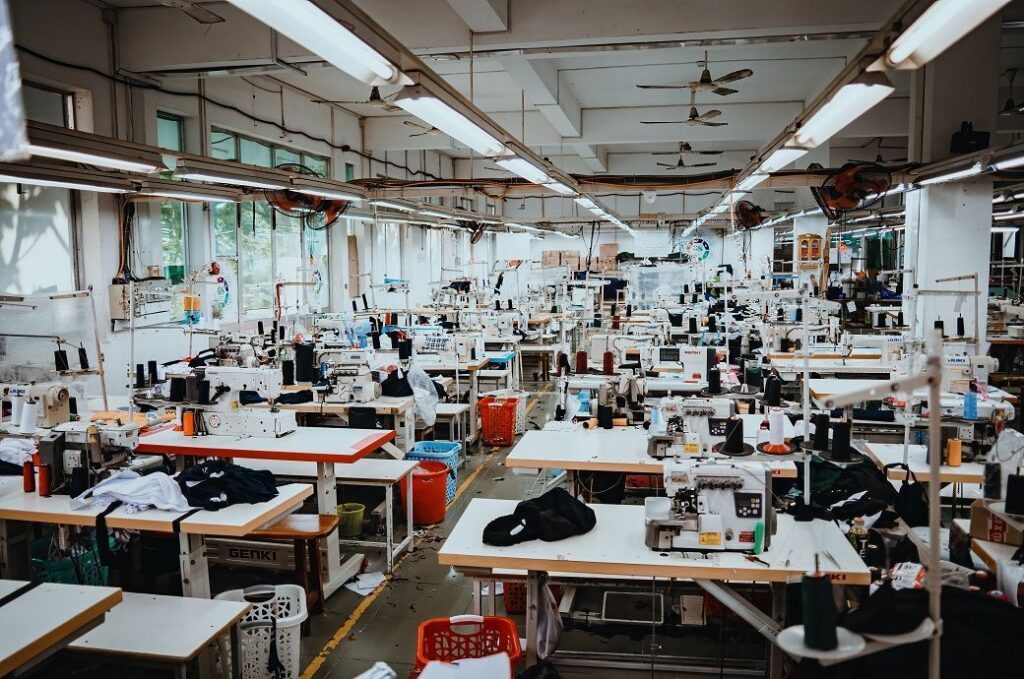
Four of the PMI sub-components had either a negative or less positive impact on its level. Along with slower growth of production and new orders, employment and stocks of purchases fell marginally in India.
The global manufacturing sector ended Q1 2025 on a lacklustre footing.
At 50.3 in March, the J.P. Morgan global manufacturing PMI was down from 50.6 in February and signalled only a slight improvement in overall operating conditions for the third month in a row.
Business confidence fell to a three-month low.
There was better news from the euro area and the Asia (excluding Japan) region.
Supplier delivery times provided a slightly stronger positive contribution. Global manufacturing output increased for the third successive month in March, although the rate of growth was the weakest during that sequence.
Production rose in the consumer and intermediate goods industries, but fell for the ninth time in the past ten months in the investment goods category, a release from S&P Global Market Intelligence said.
Trends varied markedly among the major economies. Especially steep—and deepening—downturns were seen in both Japan and the United Kingdom. Output also fell into decline in the United States after two months of expansion.
There was better news from the euro area and the Asia (excluding Japan) region. Eurozone factory output rose for the first time in two years as companies reported improving domestic demand.
Production growth in China hit a four-month high, while expansions were also seen in India, Vietnam, Thailand and Taiwan.
The trend in new order growth also remained lacklustre in March. Although new work intakes have risen throughout the opening quarter of the year, the rate of growth has remained mild (at best) during that time.
The trend in international trade volumes stabilised, with new export work registering a negligible increase following a nine-month sequence of decrease.
Lower intakes in the euro area, Japan and the United Kingdom (among others) were offset by growth of new export business in China, India, Brazil and the United States, although the expansions were only slight in the latter two.
Rising concerns about the geopolitical situation, high costs and possible disruption to world trade flows from tariffs all hurt business optimism in March. Confidence fell to a three-month low and eased across the consumer, intermediate and investment goods industries.
Reduced optimism about the outlook was a major factor underlying an eighth successive month-on-month decrease in global manufacturing employment. Job losses in the euro area and the United Kingdom (among others) were only partly offset by increases in China and Japan. No change was signalled in US staffing levels.
March saw average input costs rise at a rate close to February’s two-year high. Part of the increase was passed on in the form of higher selling prices, which rose to the greatest extent since June 2024.
Later-than-usual release dates for Indonesia, Malaysia, Pakistan, the Philippines and Turkiye meant March 2025 numbers were not available for this survey conducted by J.P. Morgan, S&P Global Market Intelligence in association with the Institute of Supply Management and the International Federation of Purchasing and Supply Management.
India flash PMI data were included in the March 2025 global calculations in lieu of final PMI data.
Fibre2Fashion News Desk (DS)

